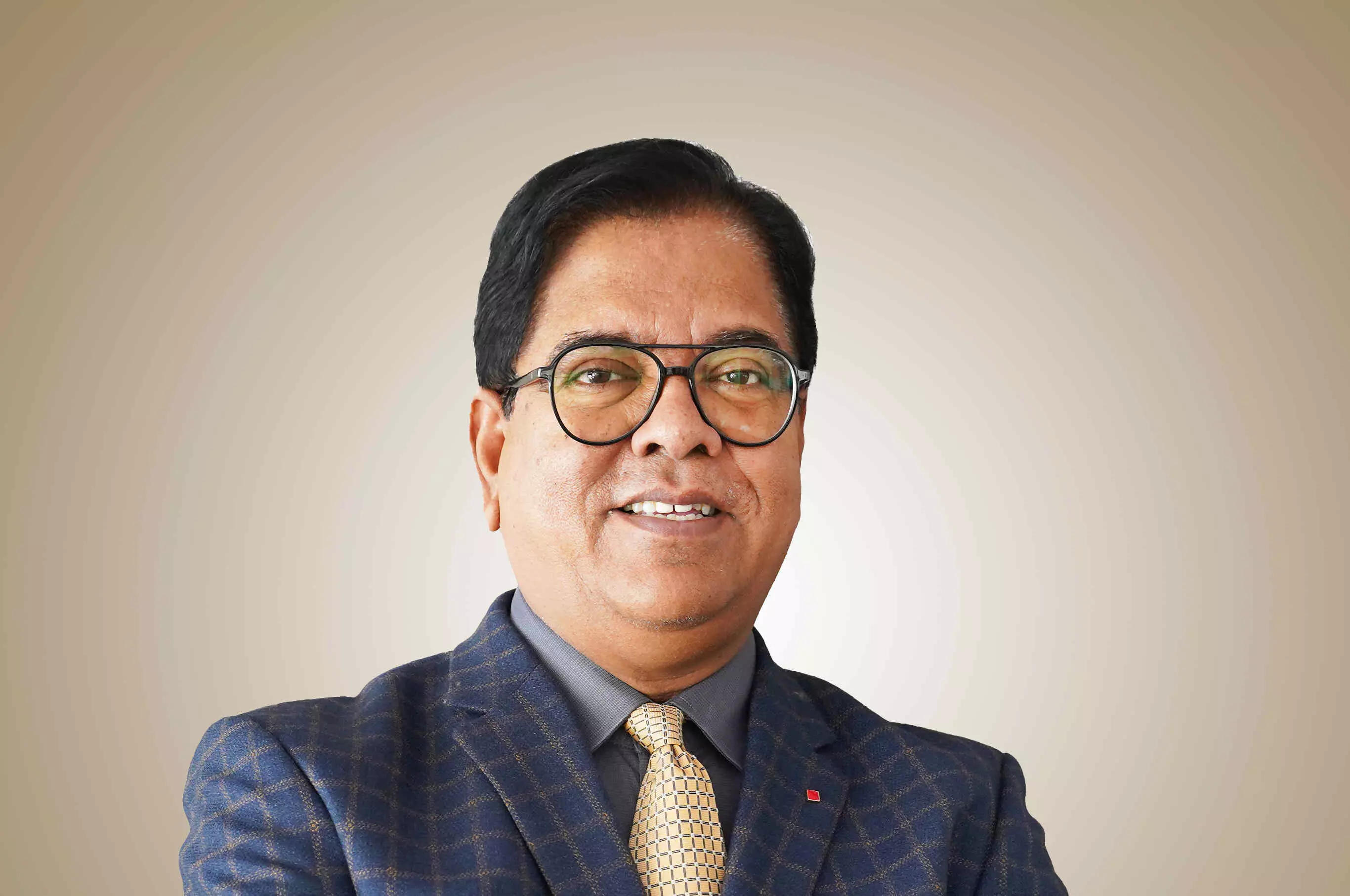CEO speaks: Shattering stereotypes: Empowerment of women in STEM

In a society where traditional gender roles often dictated career choices, the landscape is dramatically shifting. Women in India, once steered towards non-STEM fields to prioritise familial responsibilities, are now making significant strides in science, technology, engineering, mathematics (STEM) and related fields. This shift is not just a testament to the changing societal norms but also a powerful rebuttal to long-held stereotypes.
Historically, women were encouraged to pursue careers that were deemed more suitable for balancing work and family life. Fields such as education, humanities, and social sciences saw higher female participation, while science-related fields remained predominantly male. This divide was rooted in the belief that STEM careers demanded more time and dedication, which could conflict with their traditional familial roles and responsibilities.
Nothing could have been further from the truth. Women across India and the world are breaking these age-old stereotypes and proving, repeatedly, that they can excel in STEM and related fields without compromising on their other roles and responsibilities. Women like Dr Nirmala Sitharaman, India’s first full-time female finance minister, Dr Gita Gopinath, the chief economist at the International Monetary Fund (IMF), and Madhabi Puri Buch, the first woman to head India’s Securities and Exchange Board (SEBI), are redefining what women can achieve in traditionally male-dominated fields and helping transform the narrative.
In academia and research, Dr Rintu Banerjee has been a trailblazer as the first female deputy director of IIT Kharagpur. Internationally, women like Dr Fei-Fei Li, a leading computer scientist and former director of Stanford’s AI Lab, and Dr Jennifer Doudna, a co-recipient of the Nobel Prize in Chemistry for her work on CRISPR gene editing, continue to break new grounds and set examples for aspiring women in STEM.
India’s space program has seen remarkable contributions from women. Dr Muthayya Vanitha was the project director of Chandrayaan-2, and Dr Ritu Karidhal was the deputy operations director for Mangalyaan. Dr Tessy Thomas, known as the “Missile Woman of India,” has been instrumental in the development of Agni-IV and Agni-V missiles. Kalpana Chawla and Sunita Williams, even though they flew for NASA, are tremendous sources of inspiration for young women. I firmly believe that I shall live to see the first female ISRO Vyomanaut make India proud!
Statistics corroborate this trend. According to the All India Survey on Higher Education (AISHE) 2020-21, women constitute 43% of total enrolment in STEM courses at the undergraduate level. Remarkably, in the 2021–22 academic year, women made up 58% of the total student population in mathematics. This is a significant increase from previous years and indicates a growing interest and participation of women in these fields in the country.
Interestingly, India seems to be doing better than global standards on this front. As per latest figures from UNESCO, women make up only 35% of STEM graduates globally, a figure that is unchanged in 10 years. In relative terms, the percentage of women who opt for STEM education in India is higher than in most developed countries. Data by the World Bank show that India’s share of female graduates in STEM at 42.7 percent in 2018 was higher than comparable data available for the US at 34 percent in 2016, Australia at 32.1 percent in 2017, and Germany at 27.6 percent in 2017.
Statistics on involvement of women in STEM-related careers, however, is a mixed bag. The WEF Gender Gap Report 2023, which evaluated data from 146 nations worldwide, states that women comprised only 29.2 percent of the STEM workforce, even though they made up 49.3 percent or almost half of the total employment across non-STEM occupations. A 2020 report by the World Bank on global trends in the participation of women and girls in STEM found that women who study STEM fields are less likely to enter into STEM careers and exit these careers earlier than male peers. In India, women account for less than a third of the STEM workforce at 27 percent, despite the high absolute numbers of female STEM graduates. Clearly, in spite of the shining examples of brilliance, much urgent work remains to be done at policy levels to arrest and reverse this phenomenon.
In terms of parity in remuneration, the picture remains concerning. According to the Monster Salary Index, women in India earn 19% less than their male counterparts in similar roles. Globally, the World Economic Forum’s Global Gender Gap Report highlights that women earn, on average, 16% less than men. I am certain that this extends to STEM careers as well.
India’s true potential lies not only in the relatively well educated urban population, but the vast young talent in her rural hinterlands. India is empowering rural girls in STEM through initiatives like Beti Bachao Beti Padhao, which promotes girl child education, and the Atal Innovation Mission, which sets up Tinkering Labs in rural schools. However, much more needs to be done. To further integrate rural girls and women into STEM education, India needs to enhance infrastructure, including better internet access and modern science labs. Training and supporting rural teachers, creating localised STEM curricula, and providing scholarships specifically for rural girls are essential steps. Additionally, sustained awareness campaigns to challenge gender biases and involve parents and communities can significantly boost participation. These measures will help create a more inclusive and robust STEM education system for India’s rural population.
As more women pursue education and careers in STEM, they are not only challenging stereotypes but also contributing significantly to technological and scientific advancements. While challenges remain, the progress made so far is commendable and sets a strong foundation for future generations. It is not just a story of individual success but a strong indication of the collective strength and resilience of women in India and around the world.
The author is the Group CEO of Techno India Group, a visionary and an educator. Beyond his corporate role, he is also a mentor who guides students towards resilience and self-discovery



